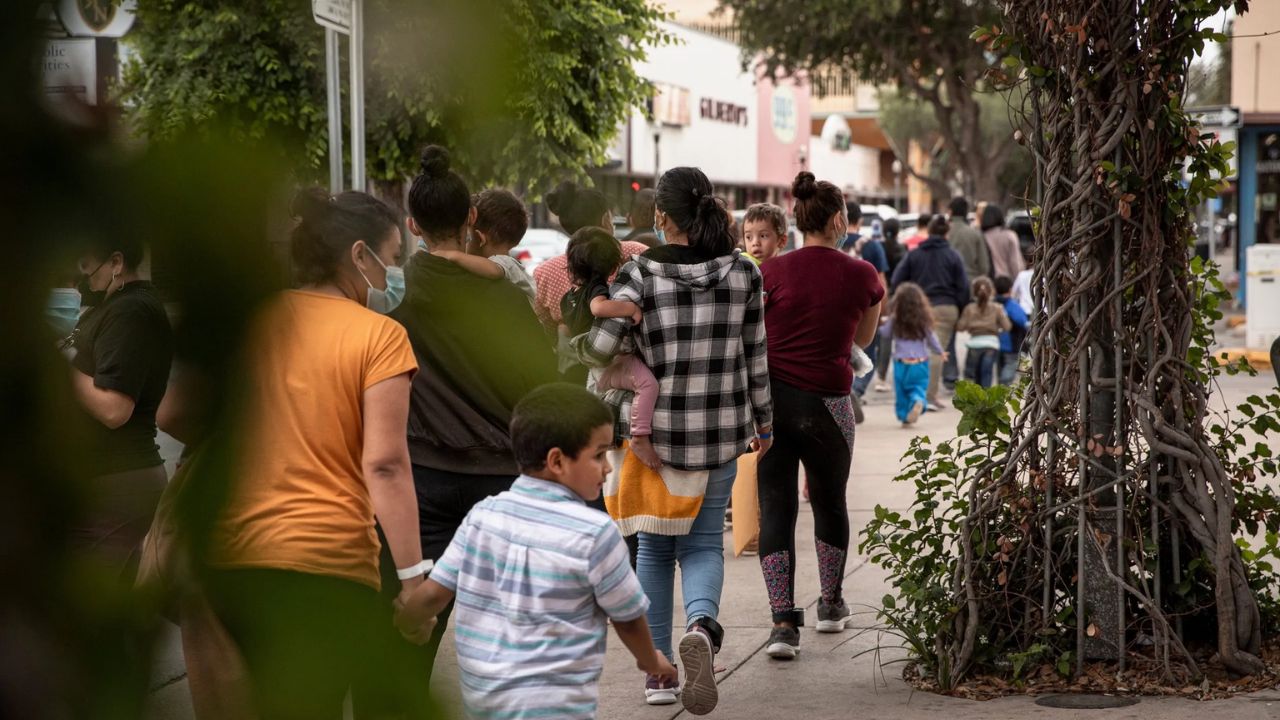Bank of America’s decision to close 55 branches across the United States, including at least one in Texas, marks a significant shift in the banking landscape. While Dallas, TX, is spared for now, the closure of branches elsewhere underscores broader trends reshaping the banking industry.
As the second-largest bank in the U.S., Bank of America’s move reflects a strategic response to evolving consumer behaviors and economic realities. The closure of physical branches is not a new phenomenon; in fact, last year saw nearly 110 Bank of America branches shuttered nationwide. This year, the trend continues, with the bank filing its intentions with the Office of the Comptroller of Currency, signaling further closures.
The closures, spanning regions from the East Coast to the Midwest and California, raise questions about the future of traditional brick-and-mortar banking. With advancements in technology and the widespread adoption of digital banking platforms, the need for physical branches has diminished for many customers. The convenience of banking on smartphones has led to a decline in in-person visits, with many individuals conducting the majority of their banking transactions online.
The closure of branches, including the Coppell, TX location, prompts speculation about the rationale behind Bank of America’s decision. While the bank has not provided explicit reasons, it is likely a combination of factors driving the closures. Economic pressures, coupled with changing consumer preferences, have compelled banks to reassess their physical footprint and optimize operational efficiency.

Indeed, the closure of branches may not be as alarming as it initially appears. For many customers, the convenience and accessibility of mobile banking have rendered in-person visits obsolete for routine transactions. The ability to manage finances, deposit checks, and transfer funds at the touch of a button has reduced the need for traditional banking services.
However, the closure of branches also raises concerns about access to banking services, particularly for underserved communities. While digital banking offers convenience, it may not be accessible to everyone, particularly those without reliable internet access or technological literacy. The closure of physical branches may exacerbate disparities in access to financial services, underscoring the importance of addressing digital inclusion efforts.
Read More News:
- Exploring the Top 10 Best Places to Visit in Nevada in 2024
- Texas Weather Update: Weekend Storm System Brings Rain and Cooler Conditions
Ultimately, Bank of America’s decision to close branches reflects broader shifts in the banking industry towards digitalization and operational efficiency. While the closure of branches may signal the end of an era for traditional banking, it also presents opportunities for innovation and adaptation in meeting the evolving needs of customers in a rapidly changing landscape.






